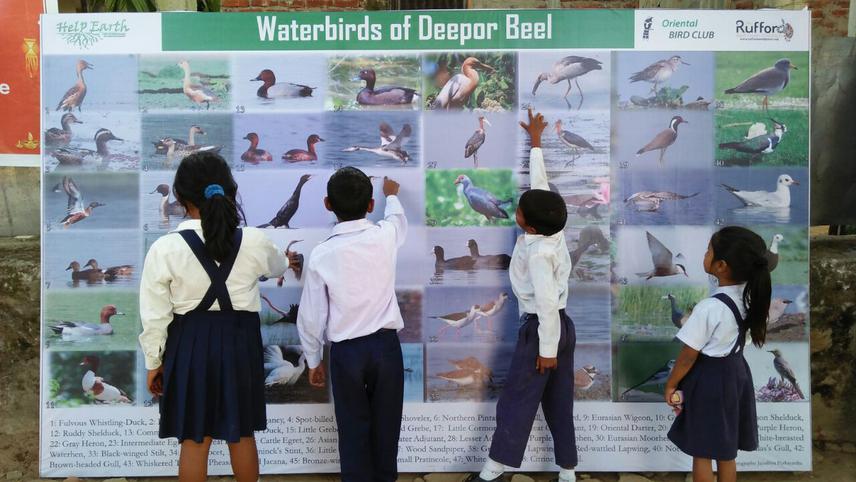Jayaditya Purkayastha
Other projects
31 Aug 2011
Showcasing Urban Herpetofauna: A Conservational Effort through Community Participation
14 Apr 2014
Urban Wildlife, Herpetofauna and Beyond: A Conservation Effort for our Fast Vanishing Neighbours
9 Nov 2015
Attending to Our Neighbours Beckon: An Initiative to Create a Better Home for Urban Wildlife through Multivariate Study and Management Approach
In this project we will carry out herpetofaunal assessment in the forested area of Amchang Wild life sanctuary and Garbhanga Reserved Forest adjacent to ever expanding and the largest metropolis of northeast India: The Guwahati city.

Our recently completed project created a database of herpetofauna residing in urban Guwahati. We also got the chance to interact with different sections of the society and tried to generate knowledge on the herpetofauna in general and snake bite issue in particular. Through our efforts we learned that more intensive work in both scientific level and awareness level are needed to be carried out. Urbanisation is not a static phenomenon and the one which we consider as rural today will soon be urbanised and the forested areas will give way to man-made structures. Such changes are going on at an intense rate when we consider the biggest metropolis of Northeast India.
Thus, the study of the forest fringes and forested areas adjacent to Guwahati becomes of prime importance in terms of formulating long term conservational measures. Also the forest fringe people need to be educated on the importance of herps to get them out of the age old superstition and misinformation that prevails among them. Snake bite management is another issue which is completely misunderstood and misinterpreted in most societies of the region (even the educated section), more awareness and research needs to be done on this aspect.
The targets that we want to achieve through this project are:
1. Study of herpetofauna in Amchang Wild life sanctuary and Garbhanga Reserved Forest.
2. Comparison of diversity and approximate abundance of the herpetofauna in these protected areas to that of Guwahati city.
3. Creation of a snake bite database by accessing the data of hospitals and victims directly and to use this to guide us for formulating better snake bite management practices.
4. Designing a booklet in Assamese (local language) and English with information on snake bite management and distributing them free to stakeholders.
5. Carrying out awareness programmes at different levels (schools, colleges and community awareness programmes)
6. Formulating a book on Reptiles of Assam (Tentative title- Common Reptiles of Assam: A pictorial Guide)